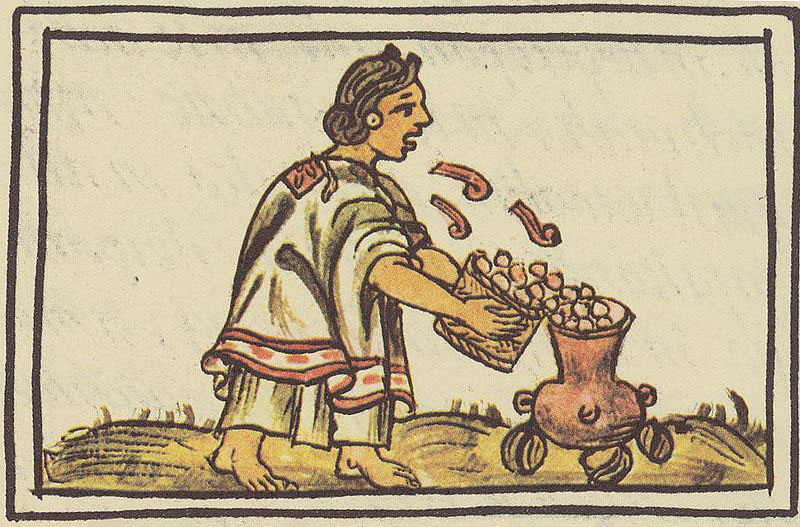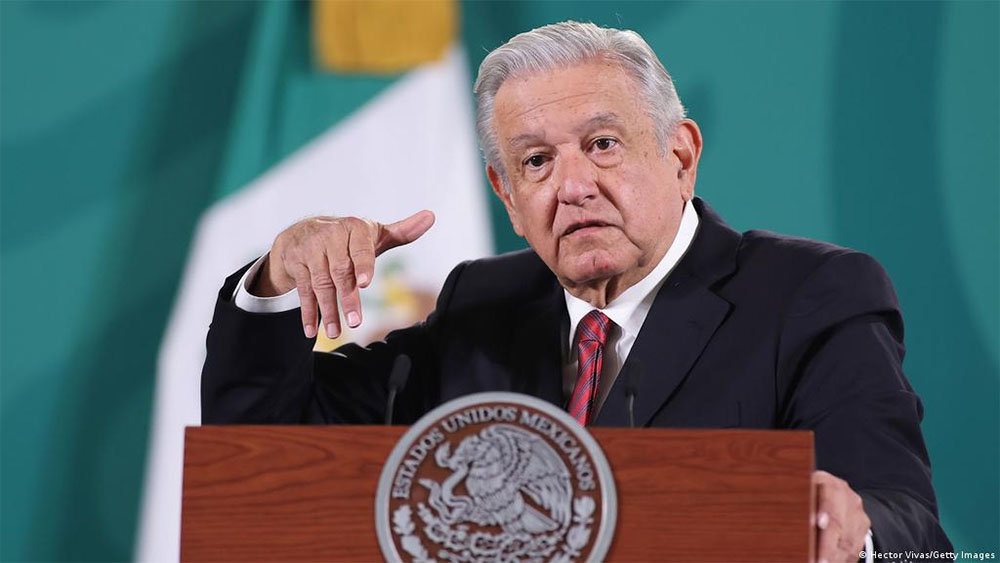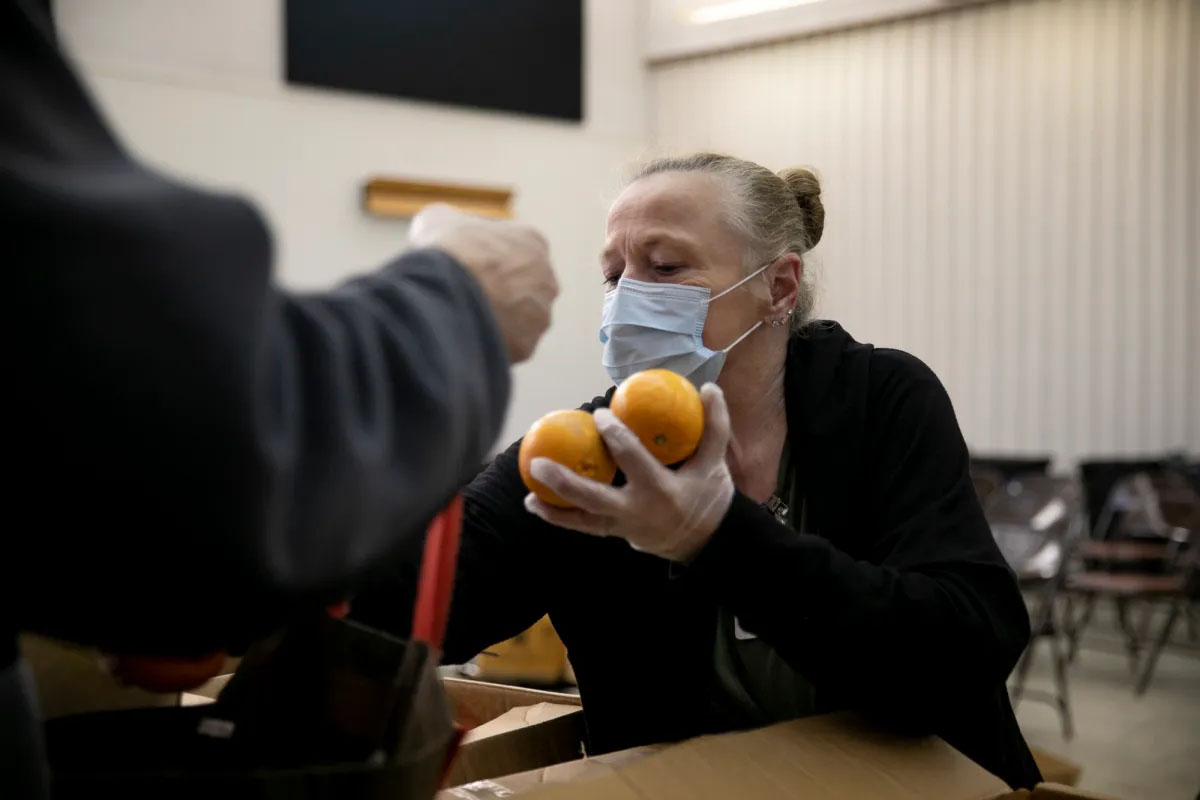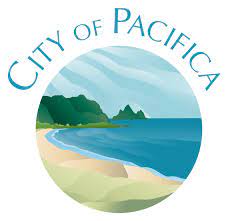by Grace Gedye
July 11, 2022 – Some 23 million Californians’ bank accounts will get a boost of $200 to $1,050, thanks to a new round of payments approved by state lawmakers.
But the payments, aimed at mitigating higher prices for gas and other goods, will leave out lots of low-income Californians. Among those passed over are some seniors, many living on disability benefits, and some of the lowest-income adults.
That’s because the direct deposits and debit cards — expected to begin arriving in late October and conclude in January 2023 — will be sent out based on tax returns.
About 3 million Californians are in families that earn little enough that they aren’t required to file taxes, according to research by Public Policy Institute of California for its 2019 California Poverty Measure. The poverty rate among people who live in families that don’t need to file taxes is 60%, the institute estimates. Neither the state Department of Finance nor the Franchise Tax Board, which is responsible for collecting state personal income tax in California, knew exactly how many Californians will be left out of the rebate.
Tying the payments to taxes feels like a Catch–22 to Kerry Weber, a retiree in San Diego. He and his wife live on Social Security retirement benefits, a “tiny” pension and some veterans disability benefits. That adds up to “lots less” for the two of them, he says, than a joint income of roughly $51,000 above which they’d have to pay taxes — so they don’t file.
But Weber has felt inflation squeeze his fixed income. Higher gas prices have made road trips to San Francisco and Tahoe to visit his children pricier, and the lumber he bought to build a table for his granddaughter is now much more expensive.
“They’re saying: ‘Look pal, you don’t make enough money that you and your wife have to file an income tax,’” said Weber. “‘That’s great, I agree with you 100%,’ ‘Oh, by the way, you don’t get any stimulus,’” said Weber. “‘What?’”
Why is this happening?
The Legislature wanted to create a program to send payments to people who don’t file taxes and aren’t enrolled in safety net programs that received a boost in the budget. But after negotiations with the Newsom administration, that proposal didn’t make it into the final budget.
H.D. Palmer, spokesperson for the Department of Finance, said that he couldn’t offer specifics on why the proposal didn’t make it into the final budget, but that proposals from both sides didn’t make it into the compromise.
Representatives for Senate President Pro Tem Toni Atkins and Assembly Speaker Anthony Rendon said nobody could figure out how to administer such payments.
“Ultimately, the configuration of the rebate was subject to three-party negotiations as part of the final budget, and there were concerns that there wasn’t an efficient and secure way of accomplishing a grant program to non-tax filers,” said a statement from the office of Atkins, a San Diego Democrat.
The Legislature “really wanted to get help to these people, but … we were not able to do it logistically,” said a spokesperson for Rendon, a South Gate Democrat.
Who’s in and who’s out?
The payments will go out to Californians who filed 2020 tax returns by October 2021, according to the Franchise Tax Board, which has a tool for calculating how much you are eligible to receive based on how much you earn and other factors.
But in California, people earning less than $19,310 who don’t have a child or someone else depending on them — one of many different gross income thresholds — aren’t required to file income taxes. The state also doesn’t count Social Security retirement or disability benefits as taxable income, meaning people who receive those benefits aren’t required to pay taxes, so long as they have minimal other income.
Lawmakers tried to aid some low-earners who may not file taxes by increasing payments for people receiving CalWorks benefits, a program for needy families. They also increased benefits for people who receive Supplemental Security Income — a state-supplemented version of social security benefits for senior or disabled people who would otherwise not qualify for, or have extremely small social security payments.
The boosts for people in those two programs are good, said Trinh Phan, a senior staff attorney focused on economic security at Justice in Aging, which advocates for low-income older adults. But, she said, the budget package still leaves out some people who are very low-income.
For example, someone getting by just on Social Security Disability Insurance could miss out on this rebate and the boosts to CalWorks and Supplemental Security Income: They might earn little enough that they don’t have to file taxes, but if they don’t have kids they likely won’t qualify for CalWorks. And, if their disability benefits pay more than $1060.21 per month, they wouldn’t qualify for Supplemental Security Income either, said Phan.
About a quarter of Americans over 65 live in households where 90% of the family income is Social Security, according to the Social Security Administration. The average retired worker benefit in California is about $1,500 per month, or $18,000 per year. The average SSDI benefit is about $1,300 per month, or $15,600 per year.
Some low-income Californians won’t receive the rebate, Department of Finance spokesperson H.D. Palmer said. But he pointed out that many people who aren’t required to file taxes still choose to do so, sometimes to receive other benefits distributed through the system. In 2020, an additional 500,000 low-income tax returns were filed in California, Palmer said in a statement, “presumably to qualify for a Golden State Stimulus payment or perhaps even a federal relief payment.” Palmer also pointed to other forms of financial assistance in the budget, such as $1.4 billion in aid for people with unpaid utility bills.
Still, some aren’t impressed.
“This sucks,” said Brooke Hamlin, an 81 year-old who lives off of Social Security retirement benefits in San Rafael. She said she gets by on less than $20,000 per year, padded out with food stamps and Meals on Wheels. “It’s arranged so that the poorest, neediest people don’t get it,” Hamlin said.
Hard to reach
People who don’t pay taxes and aren’t in a benefits program run by California are hard for the state to reach quickly with aid. Social security benefits are administered by the federal government, and the state doesn’t have data on recipients, said Jesse Rothstein, a professor of public policy and economics at University of California, Berkeley, and faculty director of the California Policy Lab.
“It’s obviously not great that we’re missing people, and many of them are some of the most vulnerable people in the economy,” said Rothstein. But, he said, “It’s not as if there’s a mechanism available that reaches everybody.” Given a set of imperfect options, using the tax system was the best choice, Rothstein said.
It’s also the choice lawmakers made when distributing two rounds of Golden State Stimulus payments in 2021. After that move, they faced criticism from disability advocates, and seniors who were left out.
“To see that they have done it again this year is just further proof that nobody’s paying attention to people who need the most help,” said Charis Hill, a disability advocate who lives in Sacramento.
California’s government doesn’t know much about the people who don’t file taxes. The Franchise Tax Board doesn’t track the number of residents who aren’t required to file taxes, or what share of those people live in poverty, according to statements in response to CalMatters’ questions. A spokesperson for the board said that no state agencies appear to track that information.
The difficulty of reaching people with this payment exposes a weakness in the state’s system “that needs to be addressed on a longer-term basis,” said Chris Hoene, executive director of the California Budget and Policy Center, which advocates for targeting aid to lower-income people. Part of the solution would be better data sharing between the federal government and the states, he said.
But, given the options policymakers were considering — including giving money to car owners, as Gov. Newsom proposed, and cutting the gas tax — he thinks the payments based on income are a good outcome.
Weber, the San Diego retiree who missed out on both Golden State Stimulus payments and also won’t receive the rebate this year, is frustrated.
“I feel like I’m shoveling doo-doo against the tide here,” he said.
Grace covers California’s economy for CalMatters. Previously, she was an editor at the Washington Monthly. She is a graduate of Pomona College.










